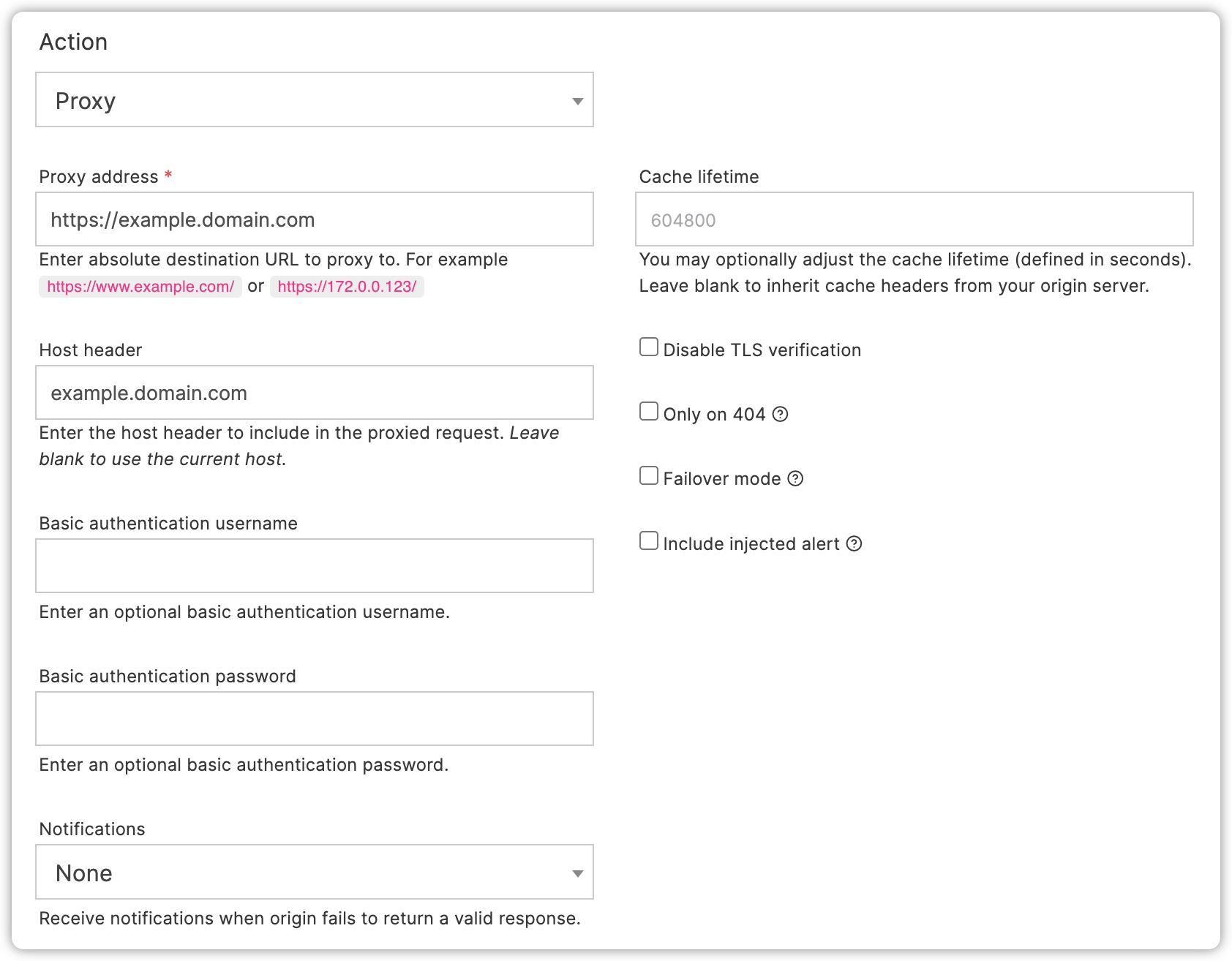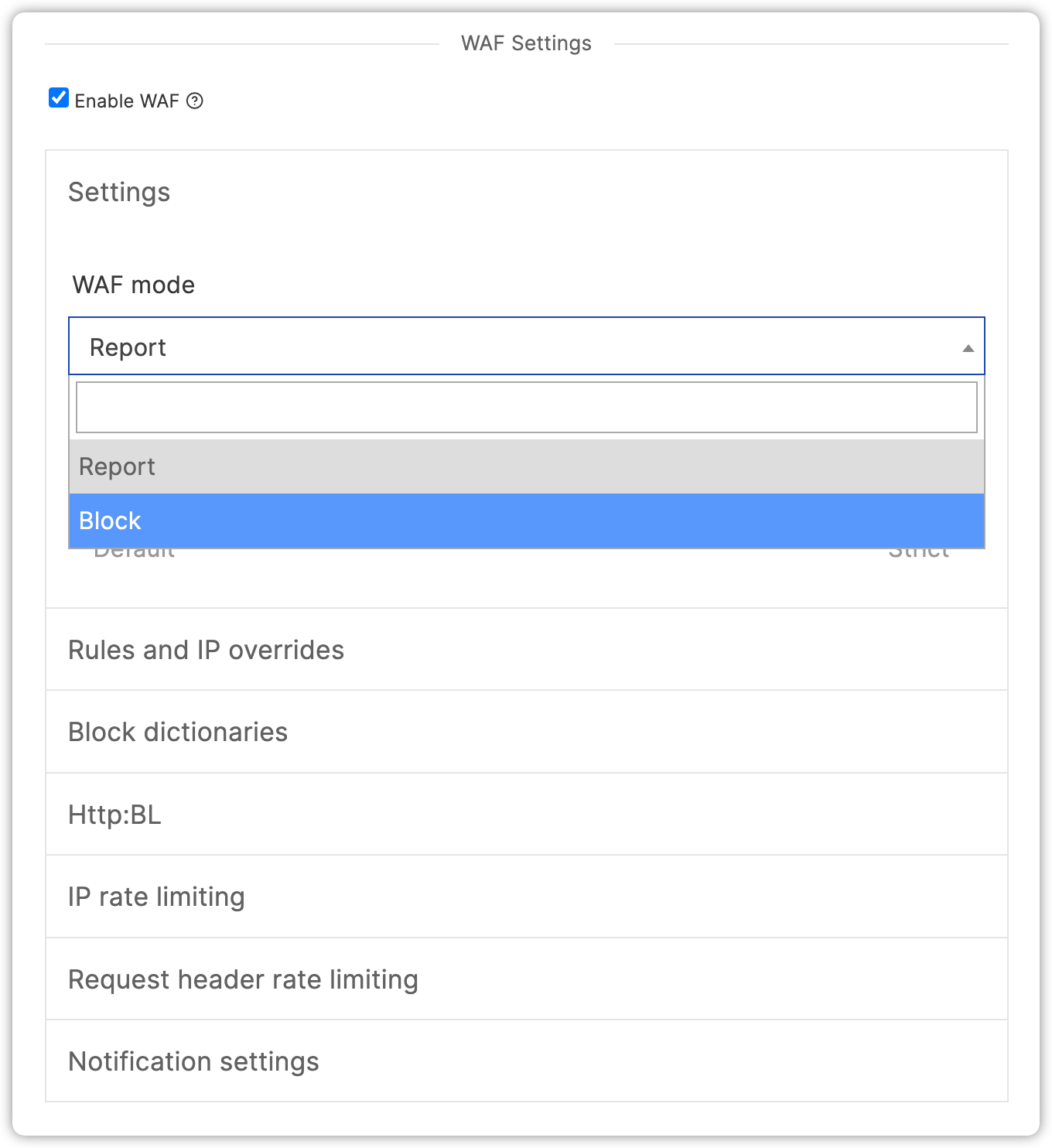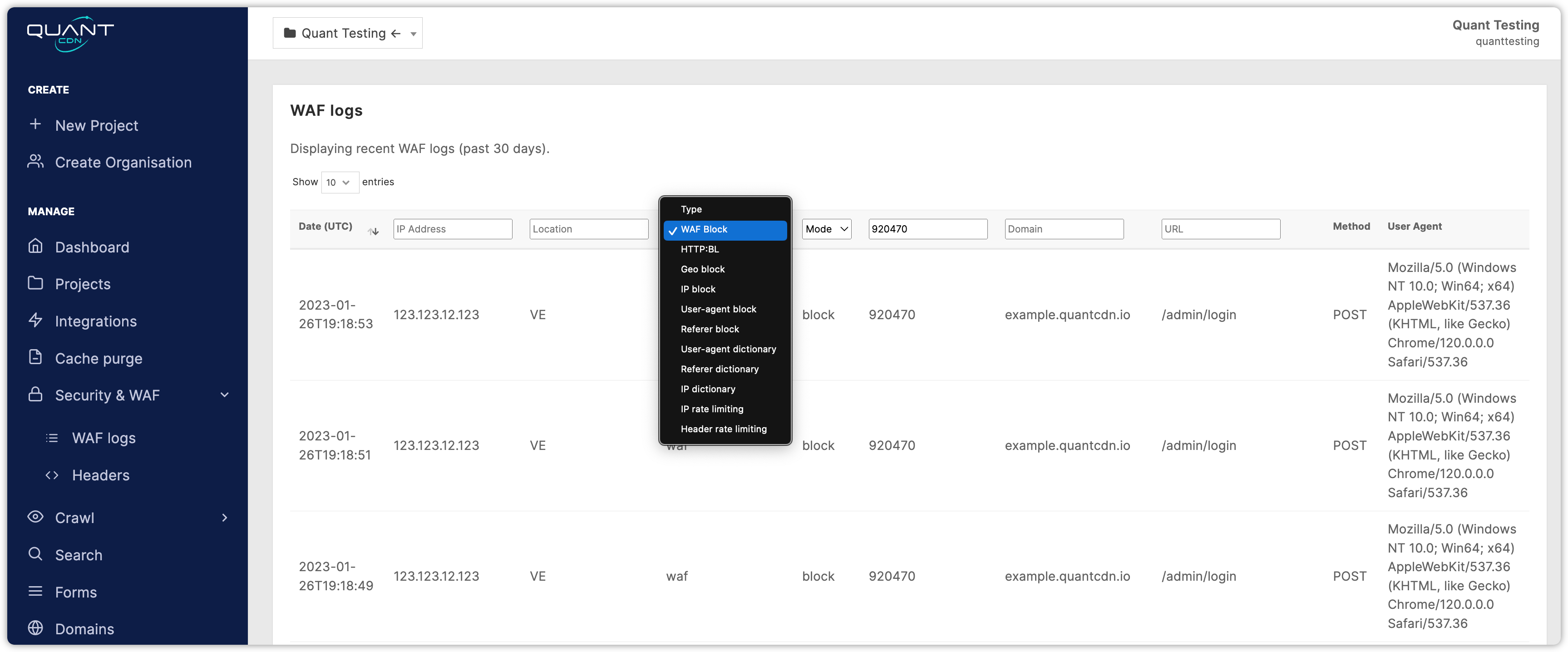What is a WAF (Web Application Firewall)? Explained in simple terms!
A WAF or Web Application Firewall is security software that protects a website by filtering and blocking harmful web traffic such as cyberattacks.
We are excited to announce a new feature on the dashboard: the Quant Web Application Firewall (WAF)! Try it out and let us know what you think!
We are excited to announce a new feature on the dashboard: the Quant Web Application Firewall (WAF)! To safeguard any of your websites from web-based threats, you can now add WAF protection easily through the dashboard. Not only will this defend your websites against malicious attacks, but it can also help keep them in compliance with data security standards.

A Web Application Firewall (WAF) is a security solution that protects websites by monitoring and filtering incoming traffic. It is specifically designed to protect against common web-based attacks such as cross-site scripting (XSS) and SQL injection. The WAF inspects traffic for malicious requests and blocks these before they can reach the web server. As web applications are increasingly targeted by cyber threats, a Web Application Firewall is an essential part of modern web security. Learn more in our What is a WAF article.
There are many reasons why using a WAF is beneficial:
Using the Quant Web Application Firewall is very simple. If your website is completely static, then you don’t need to worry about a WAF because there is nothing to hack. But, if you use a CMS or web application such as Drupal or WordPress, you simply create a proxy rule, enable the WAF for that rule, and configure the WAF settings that are best for your site.
A proxy rule lets you map a URL to a backend web application. For example, say your website is mostly static, but you have some dynamic pages on your site that are served from a backend application. You create proxy rules to map to those backend routes.

Adding a proxy rule in Quant Rules.
There are several WAF settings you can configure including blocking or allowing certain IP addresses, skipping certain OWASP rules, and rate limiting based on IPs or headers.
It is recommended you start with “Report” mode while you are tuning your settings. Then, after gathering some data, check your reports for what would have been blocked and make sure it looks correct before switching to “Block” mode. Once you are in “Block” mode, if a team member is getting 403 (access denied) errors when trying to use the website, you can add them to the allowed IP addresses.
Here's the list of WAF settings. Check out the WAF documentation for more information on how to configure the WAF. And don’t hesitate to contact us if you need help getting set up.

Enabling Quant WAF and available settings.

Quant WAF logging and reports.
If you have any questions or have suggestions for making the WAF feature more useful, contact us and let’s talk!
Quant is a global static edge; a CDN & WAF combined with static web hosting. We provide solutions to help make WordPress and Drupal sites static, as well as support for all popular static site generators.

A WAF or Web Application Firewall is security software that protects a website by filtering and blocking harmful web traffic such as cyberattacks.

Basic authentication is a small browser popup that can show up on a web page that requires you to provide a username and password to access the web page.

We recently added more feature updates to Page Rules. Let’s take a quick look at all the flexible rule options in the dashboard.
Complete trial with CDN, WAF, Crawler, static integration and support.
Cancel anytime.